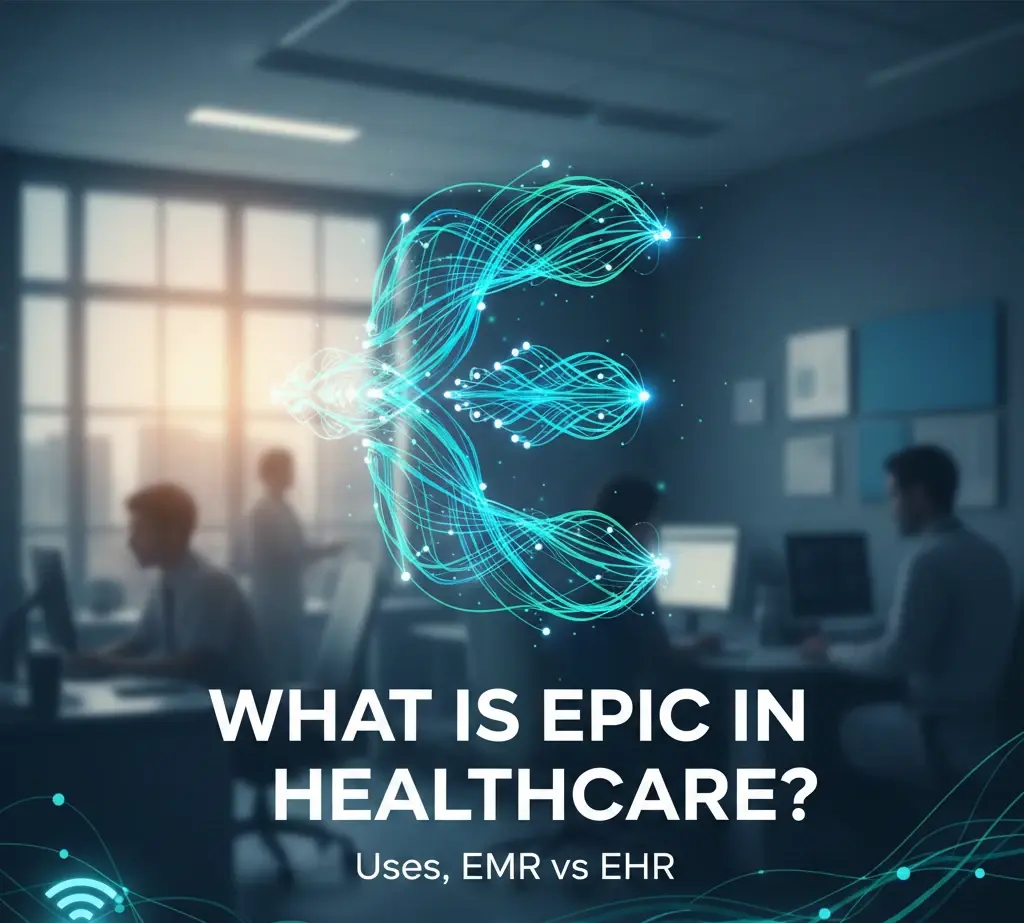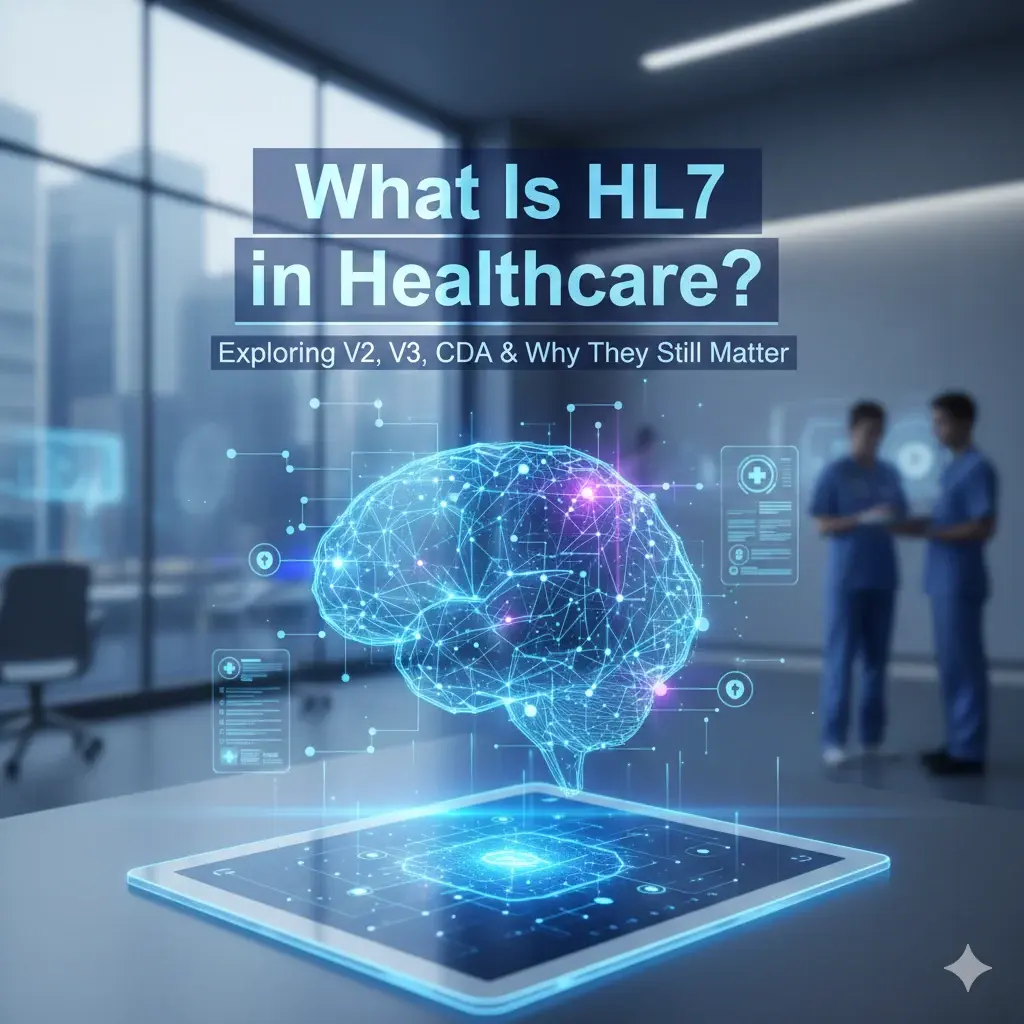Blog
Blogs
A (Telehealth) App a Day Just Might Keep the Doctor Away
BLOG by

Why Insurance Carriers, Silicon Valley, and Society at Large are Gung Ho about Telehealth Apps and Health-Monitoring Wearables.
Update, 3/13/20: With the spread of COVID-19 throughout the world, public health officials are beginning to advise against going to see the doctor for all but life-threatening situations. This presents a prime opportunity for telehealth apps to prove their value and accelerate greater adoption.
As the public ogles over foldable displays, augmented reality applications, and other mobile technology trends, tech giants around the world are busily working in an area that is decidedly less glamorous – but nonetheless important.
Healthcare.
Apple CEO Tim Cook had this to say in a 2018 interview with Jim Cramer:
“…if you zoom out into the future, and you look back, and you ask the question, “What was Apple’s greatest contribution to mankind?” It will be about health.”
This is certainly an interesting prediction, improved by the fact that the CEO of Apple is certainly in a position to make it so.
Why would well-resourced tech companies like Apple turn their attention towards an industry in healthcare that is so often mired in political stalemates (“Obamacare”), frustration, and the inertia that comes from having enormous traditional corporations in control of everything from the hospitals to the insurance companies? Why bother?
Perhaps it is those very pain points that Apple, Google, IBM, and others are seeing as a market opportunity.
Here are just a few trends relating to how mobile technology is poised to transform healthcare in 2019 and beyond.
Preventive Healthcare & Telehealth
With traditional healthcare, you experience symptoms, and then you go to the doctor to figure out what’s wrong and treat it.
Unfortunately, this reactive approach to healthcare has resulted in widespread epidemics of preventable diseases like Type 2 diabetes, which affects more than 420 million people worldwide at a total cost of more than $825 billion per year, according to a multi-year study by Harvard, the WHO, and more than 500 researchers worldwide.
Tech companies are now seizing onto the fact that your health is something you should focus on well before serious issues emerge.
An entire category of apps, called telehealth, exists and broadly entails making medical services available remotely, using mobile devices. Video conferencing with your doctor; chatting with a nurse; getting prescriptions refilled through an app; accessing medical records securely through the Internet; scheduling an appointment; these are just a few of the use cases that are possible with today’s technology.
If you live in a rural town in Arizona, there are now ways to see a doctor in New York without leaving your living room (and for much less than a roundtrip flight through JFK). Because it’s easier and cheaper, telehealth options like this allow people to be more proactive about their health – why not schedule a 15-minute call with a doctor simply to discuss how a diet you’re considering might affect your cardiovascular health?

Telehealth apps like MDLIVE can make it easier and more affordable to see the doctor and even get prescriptions.
Interestingly, it’s not just tech companies taking the initiative on this front.
Insurance companies ultimately foot much of the bill for medical services, and therefore it behooves them to invest in preventive healthcare, too, as a way to reduce long term medical costs.
Case in point: Aetna recently partnered with Apple on a new app called “Attain”, which provides a whole host of functionality designed around helping end users live healthier lives using a preventive approach. The app integrates with the Apple Watch to tie health monitoring (via wearables) to preventive healthcare.
The Convergence of Wearables and Health Monitoring
Preventive healthcare relies on giving people better visibility into their health, on demand.
What better way is there to do just that than by giving people 24/7 access to their vitals via a wearable health monitoring device?
Most smartwatches and even fitness trackers have a built-in heart rate sensor that allows users to monitor their heart rate. With these watches, not only can you understand how your heart rate responds to physical activity, but you can also monitor your resting heart rate, which is highly correlated with overall health.
Just last year, Apple introduced an ECG (or EKG) application to its Series 4 Apple Watch, making the Apple Watch a Class 2 Medical device, which requires some level of collaboration/cooperation with the FDA. The ECG can detect heart arrhythmia and can even confirm if you’re experiencing a heart attack. If you’re wondering – yes – it has already reportedly saved lives.

Hold your finger on the crown of the Series 4 Apple Watch, and you’ll get an ECG reading on the spot.
Apple has long been after a non-invasive means of measuring blood-glucose, a use case that could be extremely valuable for monitoring and preventing diseases like Type 2 diabetes.
And just this week, Samsung announced that its next Galaxy Watch will be able to measure blood pressure.
Having rich, abundant data is not only good for users who proactively want to maintain good health; it’s also good for medical clinicians who need vastly more data to obtain conclusive findings in their research. Johns Hopkins University’s Epiwatch research study is an excellent example of how the health data provided by wearables can help both patients and clinical researchers.
Predictive Healthcare & AI
Moving beyond preventive healthcare and telehealth, the frontier for healthcare intersects with the rise of artificial intelligence (AI).
AI and its core mechanism, machine learning, pose incredible benefits to medical professionals. In the past, doctors would have to look at a handful of lab results and patient symptoms and make rudimentary correlations among a small set of structured data.
Computers and AI in particular are not bound by such limitations and can instead find meaningful relationships from the vastest data sets – lab results, of course, but also a myriad of other structured and even unstructured data — predicting or modeling individual health outcomes with a high degree of confidence.
IBM’s AI program, Watson, is one of the most widely deployed AI systems in the healthcare space, with more than 80 different AI services and more than 270 customers. Its AI-based prediction models are already allowing researchers to understand the progression of diseases like Huntington’s disease within specific individuals.
When AI-based healthcare becomes integrated with mobile applications – available to anyone with a user account – telehealth will truly come into its own.
A Bright Future Lies Ahead, but Challenges Remain
The intersection of these tech trends will shape a future in which every smartphone user can enjoy unprecedented control over his or her own health.
Naturally, businesses of every flavor are already scrambling to get ahead of this paradigm shift.
But, in doing so, how do you strike the right balance in pleasing a diverse group of stakeholders – the tech partners, the insurance companies, the medical community, and society at large?
Harry Lee, CEO of CitrusBits, a healthcare mobile app development company that has built telehealth apps for Chemowave and IrisVision and is now building a medical research app for a J&J-owned pharmaceutical company, weighs in on the challenge:
“Telehealth is one of the true mega trends in the mobile space now. But the healthcare landscape is overly complex for most software development companies to navigate,” explains Lee.
“As one of the leading companies in the healthcare space, CitrusBits has worked diligently to develop the expertise to work within this highly regulated environment. We’re now uniquely positioned to create health-related apps that not only engage users, but also simultaneously meet regulatory requirements like HIPAA while drawing crucial support from medical researchers at Johns Hopkins University, UCLA, and Stanford. It’s a balancing act that requires finesse.”
If you’re seeking healthcare mobile app development solutions, look no further. CitrusBits, a team of experienced healthcare mobile app developers, is here to assist you. We offer a free consultation to discuss your specific requirements and provide tailored solutions that help enterprises and startups achieve their ambitious goals. Take a look at our portfolio to get a better understanding of our expertise and capabilities. Contact us today to kickstart your healthcare mobile app development journey.
About the Author
Content Writer


